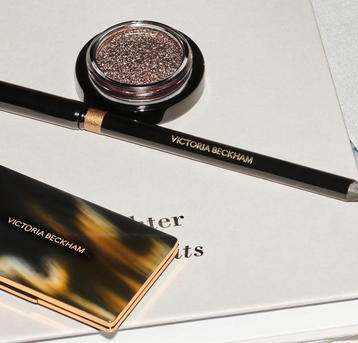Unless you are a devotee of the Roman Empire, you might not have thought much about how women applied their makeup back then. But over in the UK, historians think they might have uncovered the tool that was used to apply cosmetics in the year 43, and it's quite a turn-up for the books.
Cataloged initially as 'lunate pendants', a handful of seemingly decorative copper alloy objects have been re-identified as cosmetic grinders, according to The Guardian. The slim pendants were used like a pestle and mortar to grind down charcoal which was then mixed with a drop of fat before it was applied to the eye area. Evidence suggests the applicators were carried around womens' necks by cord (a 2020 business idea if ever we've heard one).
The English Heritage will make the official announcement about the discovery today and the charity's curator Cameron Moffett told The Guardian that the pendants were incredibly important to the understanding of women who existed in Roman Britain.
As well as exhibiting the makeup applicators, English Heritage will also release a Roman beauty tutorial on YouTube. This comes following the success of an Elizabeth I beauty tutorial that has racked up over four million views on the platform.
Makeup artist Rebecca Butterworth reveals in the video that the Roman beauty regime begins with applying lanolin to the face, an ingredient still favoured in modern day skincare. If viewers choose to replicate this step Butterworth warns, "Your skin will feel fantastic but it might be a little smelly.”
Not sure we'll see #romanregime trending anytime soon.

Image courtesy of The Guardian.




